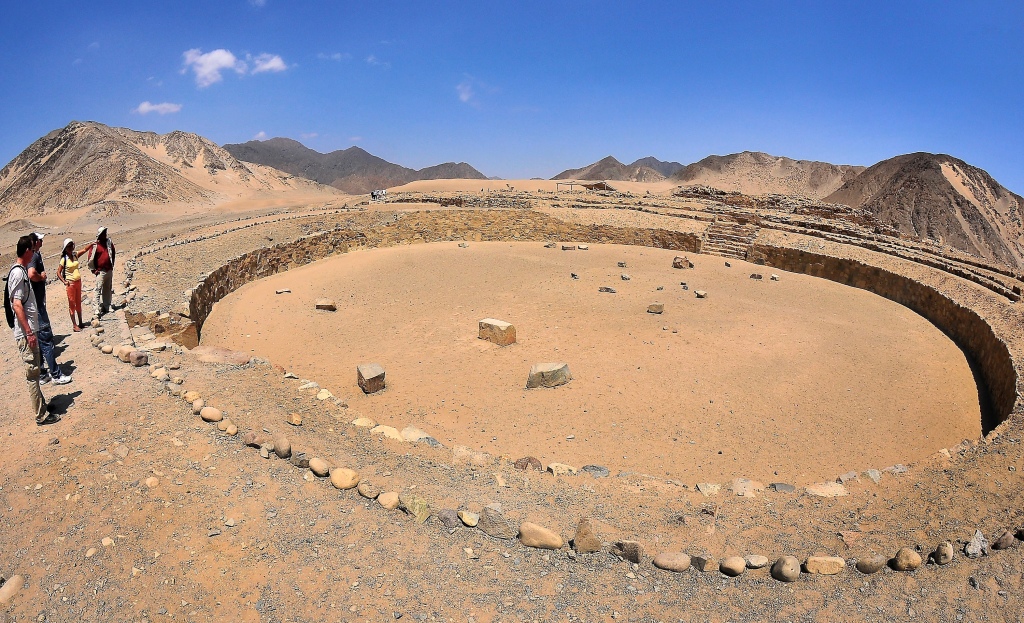The first archaeologist to visit this site in 1905 didn’t realize the large hills in front of him were actually pyramids…
Located approximately three hours north of Lima in central coastal Peru, the ancient city of Caral was an architectural wonder that spanned across a 1,500-acre complex and is considered to be one of the oldest known civilizations in the Western Hemisphere. These ruins are presumed to have been constructed sometime around 2600 B.C.
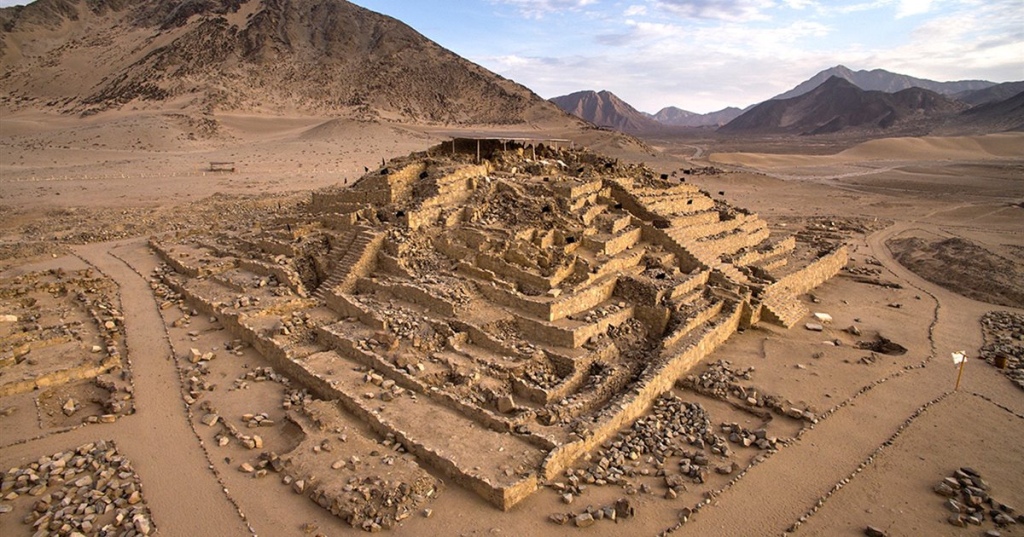
Caral sits in the Supe Valley, a region of Peru’s high desert nestled between the rainforest, mountains and the Pacific coast. The valley is brimming with ancient monumental architecture. And in the decades since Caral first made headlines, archaeologists working in the region have turned up about 18 nearby cities, some of which may be even older. Taken together, these ancient inhabitants represent a complex culture now called Norte Chico. (1)
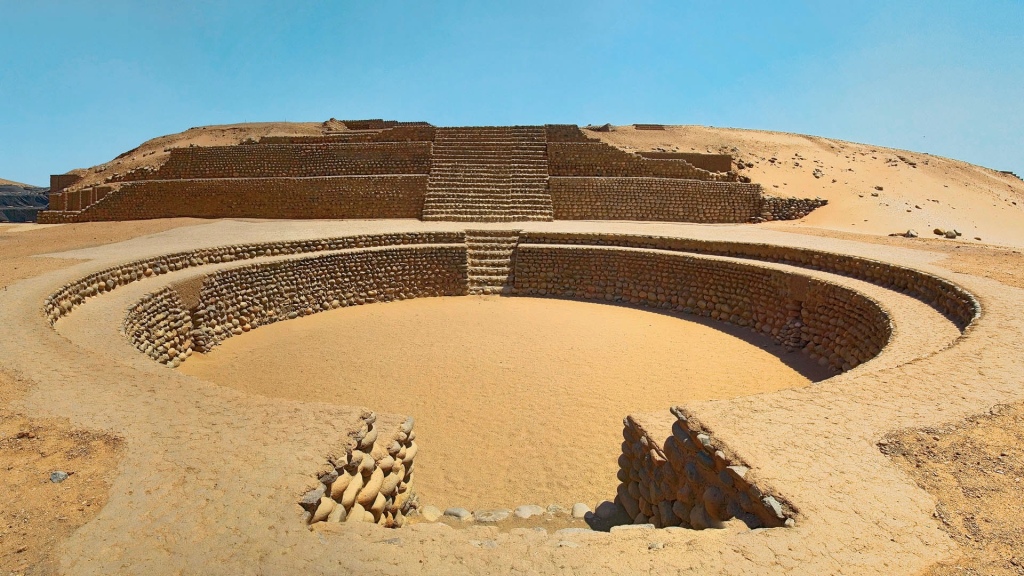
A German archaeologist named Max Uhle first stumbled across Caral in 1905 during a wide-ranging study of ancient Peruvian cities and cemeteries. The site piqued his interest, but Uhle didn’t realize the large hills in front of him were actually pyramids! Archaeologists only made that discovery in the 1970s. And even then, it took another two decades before Peruvian archaeologist Ruth Shady kicked off systematic excavations of the region. (2)

Caral was the first extensively excavated site among some two dozen in a zone along Peru’s central coast known as the Norte Chico area. Archaeologists believe the sites collectively represent the oldest center of civilization in the Americas, one which lasted from roughly 3000 to 1800 B.C., completely uninfluenced by outside forces. It flourished nearly 4,000 years before the start of the powerful Incan Empire. (3)
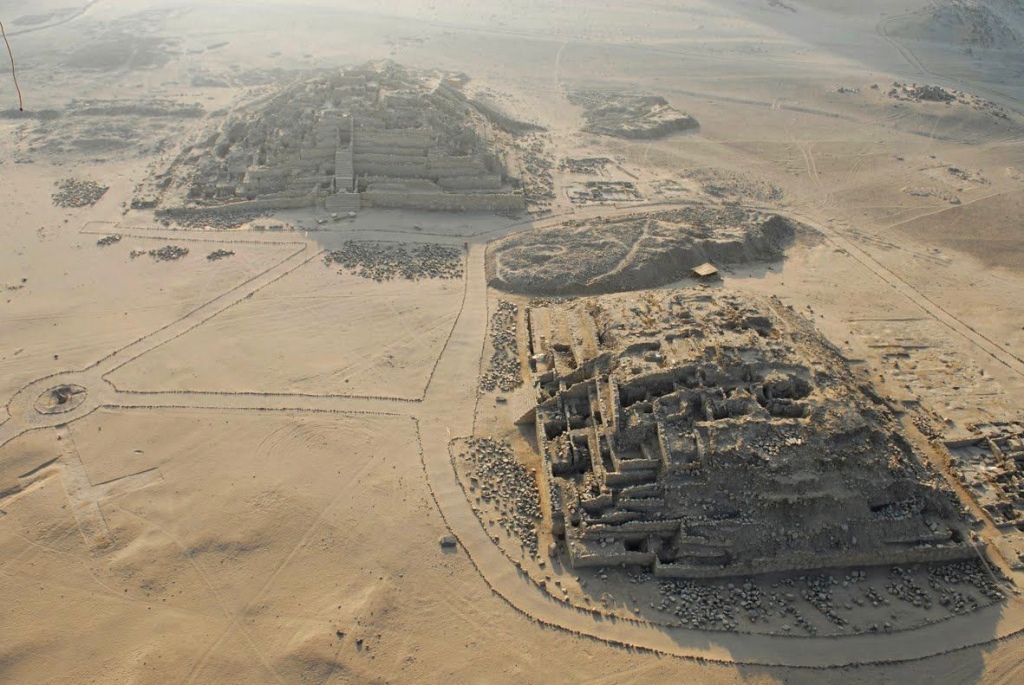
This site features six different pyramids, circular-sunken plazas and massive staircases, all set on a windswept desert terrace overlooking the green floodplains of the winding Supe River. Its largest pyramid, also known as Pirámide Mayor, stands nearly 100 feet tall, with a base that covers an area spanning roughly four football fields.
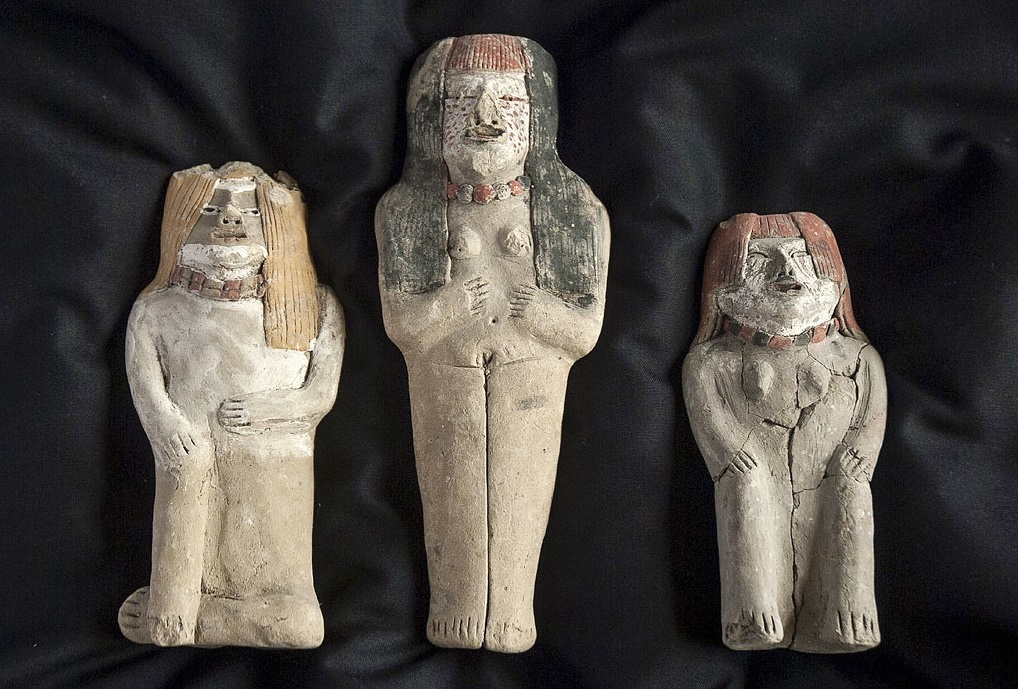
Radiocarbon dating on organic matter throughout the site has revealed it to be roughly between 4,000 to 5,000 years old, making its architecture as old—if not older—than some of the Dynastic Egyptians construction projects (4) such as at Karnak, Kom Ombo, Seti I temple and the Valley of the King’s to name a few.
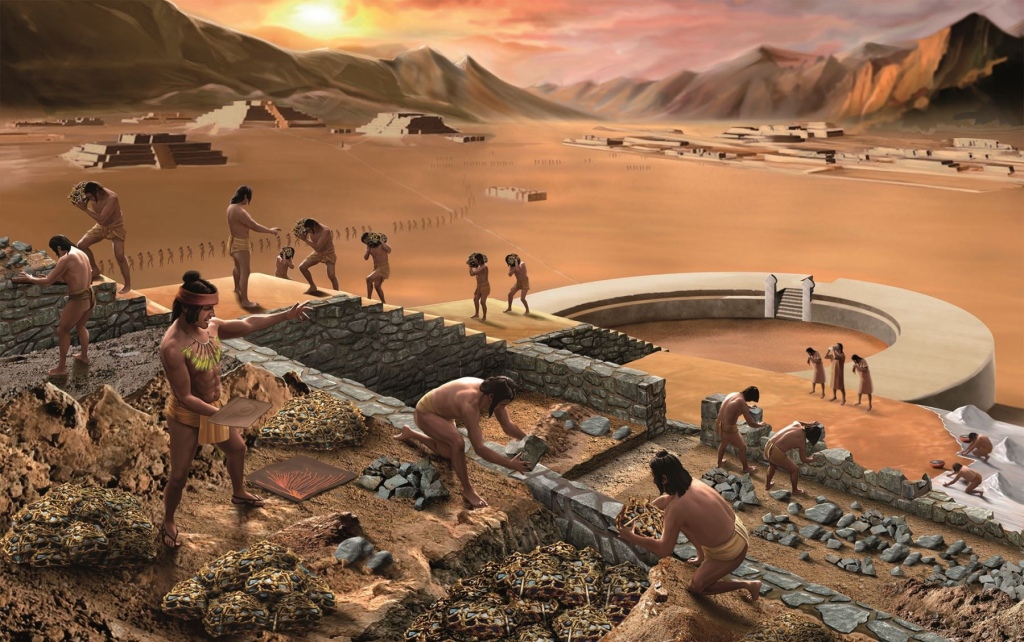
One major mystery that surrounds this ancient site, is why it seems that it was abandoned after being inhabited for nearly a thousand years?
We will be visiting this amazing site this October on our Megalithic Marvels of Peru tour. More info HERE
